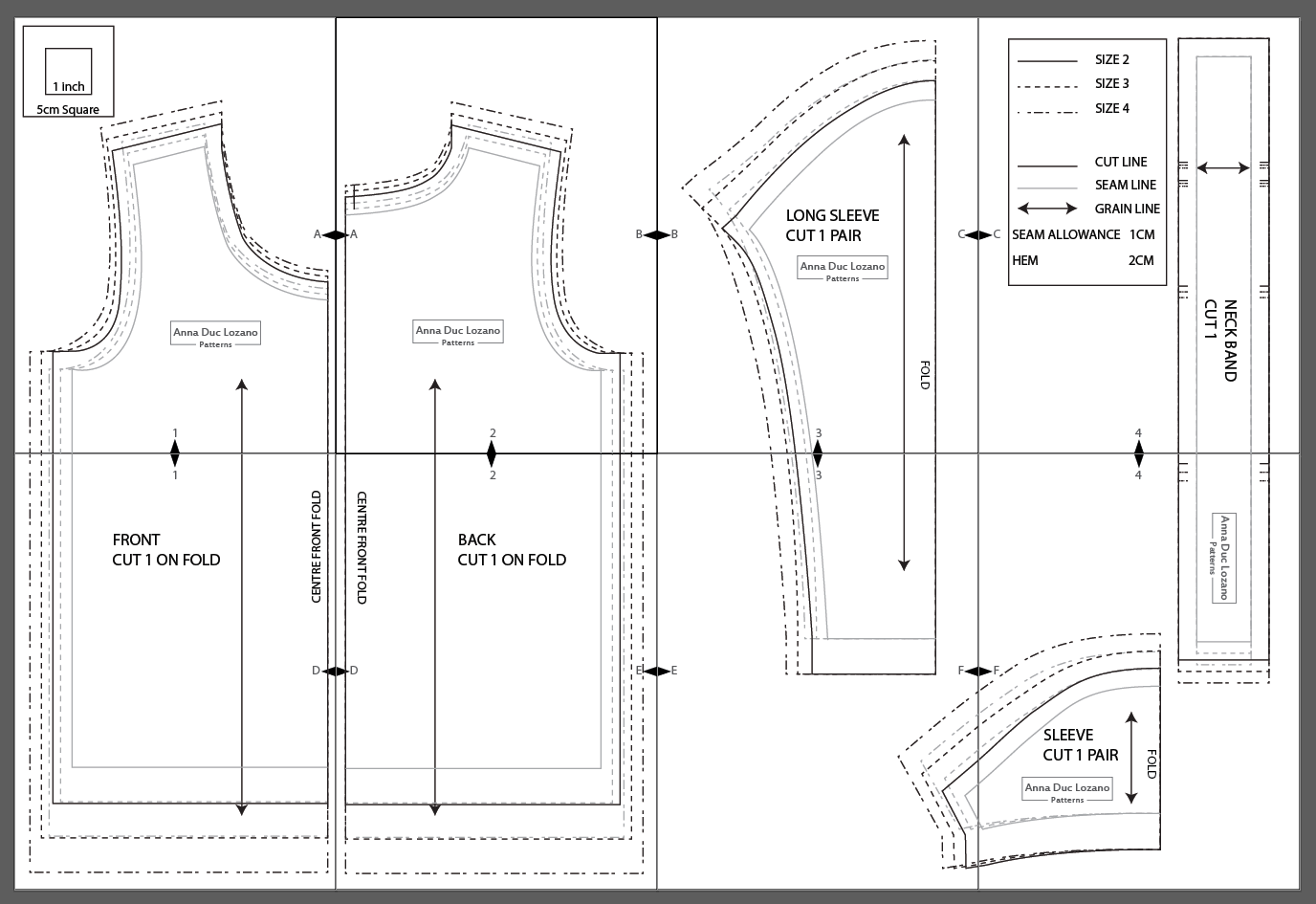Schematic of the modified z suture technique a the suture is
Table of Contents
Table of Contents
The Z-stitch suture is a revolutionary technique in wound closure that offers numerous advantages over traditional suturing methods. This unique stitch pattern provides enhanced stability, reduced tension on the wound, and improved cosmetic outcomes. If you’re a healthcare professional or someone interested in the field of wound closure, read on to discover more about the Z-stitch suture and how it can benefit you or your patients.
Why Choose Z Stitch Suture?
Traditional suturing techniques can sometimes lead to complications such as wound dehiscence, poor cosmetic appearance, and increased scarring. The Z-stitch suture addresses these issues by distributing the tension evenly along the entire wound, providing better wound approximation and minimizing the risk of complications. Additionally, the unique configuration of the Z-stitch promotes better wound healing and reduces the chances of suture-related infections.
How to Make Z Stitch Suture
Making a Z-stitch suture is a straightforward process. To begin, select an appropriate suture material and needle based on the characteristics of the wound. Prepare the wound bed by ensuring it is clean and dry. Start by inserting the needle through one side of the wound and bring it out on the opposite side, forming a diagonal line. Next, bring the needle back through the wound on the same side, forming a zigzag pattern. Repeat this process until the entire wound is closed, always crossing the previous stitch to form a “Z” shape. Finally, secure the suture with appropriate knots and trim any excess material.
Instructions to Make Z Stitch Suture:
| Step | Instructions |
|---|---|
| 1 | Select an appropriate suture material and needle. |
| 2 | Prepare the wound bed by cleaning and drying it. |
| 3 | Insert the needle through one side of the wound and bring it out on the opposite side in a diagonal line. |
| 4 | Bring the needle back through the wound on the same side to form a zigzag pattern. |
| 5 | Repeat the previous step until the entire wound is closed, crossing the previous stitch to form a "Z" shape. |
| 6 | Secure the suture with appropriate knots and trim any excess material. |
Expert Tips for Z Stitch Suture:
- Ensure proper sterilization of all instruments and materials.
- Pull the suture tight enough to achieve wound approximation, but not excessively to avoid tissue ischemia.
- Use a non-absorbable suture material for long-lasting wound closure.
- Consider applying a topical antibiotic ointment over the suture line to reduce the risk of infection.
Frequently Asked Questions about Z Stitch Suture
Q: Can the Z-stitch suture be used for all types of wounds?
A: Yes, the Z-stitch suture can be employed for closing a wide variety of wounds, including both simple and complex ones.
Q: Does the Z-stitch technique require specialized training?
A: While it is beneficial to have knowledge and experience in wound closure, the Z-stitch suture can be learned and performed by healthcare professionals and individuals with appropriate guidance.
Q: How long does it take for a wound closed with the Z-stitch suture to heal?
A: The healing time can vary depending on factors such as the size and depth of the wound, the patient’s overall health, and proper wound care practices. It is essential to follow the healthcare provider’s instructions for optimal healing.
Q: Are there any potential complications associated with the Z-stitch suture?
A: Like any wound closure technique, there is a minimal risk of complications with the Z-stitch suture, such as suture reaction, wound infection, or dehiscence. However, when performed correctly and with proper wound care, the overall risk of complications is reduced.
Z Stitch Suture: A Personal Experience
Z stitch suture has been a game-changer in my wound closure practice. The enhanced wound healing and improved cosmetic outcomes achieved with this technique have impressed both my patients and me. Not only does the Z-stitch provide a reliable and secure closure, but it also allows for better tension distribution, reducing the chances of wound dehiscence. I highly recommend incorporating the Z-stitch suture into your wound closure repertoire for optimal patient outcomes.
Serving Suggestions and Variations:
When performing the Z-stitch suture, it is crucial to consider the specific characteristics of each wound. Adjustments can be made to the technique based on factors such as wound size, location, and tension. Consulting with a wound care specialist or experienced healthcare provider can provide valuable insights into tailoring the Z-stitch to individual wound closure needs.



Gallery
Types Of Sutures, Stitches, And Staples Medical Wound Care Suturing

Photo Credit by: bing.com / suture suturing techniques
Z-shaped Suture Making Technique / 8-shaped Suture - YouTube

Photo Credit by: bing.com / suture technique
Schematic Of The Modified Z-suture Technique. (a) The Suture Is

Photo Credit by: bing.com /
Z-suture: A New Knotless Technique For Transscleral Suture Fixation Of

Photo Credit by: bing.com / fixation suture bjo bmj
The Figure-of-Eight Suture Technique Used For Complicated Wound Closure

Photo Credit by: bing.com / suture figure eight technique closure wound complicated used fig






